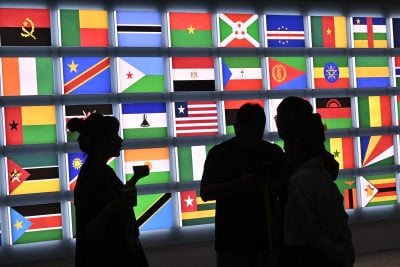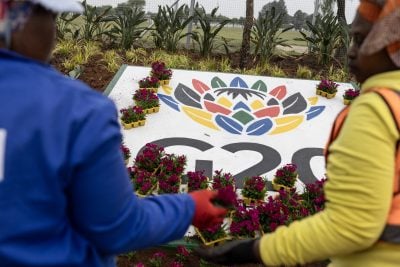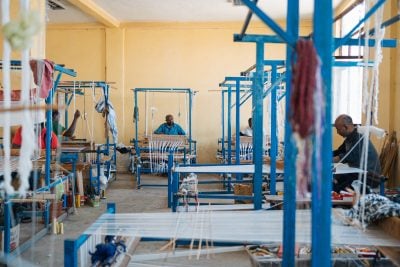China is often perceived as a lender that focuses purely on bilateral lending. This picture of China is often used to buttress two opposing narratives.
On the one hand, advocates emphasise the benefits of China’s bilateral approach compared to other lenders that attach policy conditions to their lending. On the other, detractors express concerns that the bilateral approach leads to corruption, lack of social and environmental management, and even “debt traps”. Neither are right.
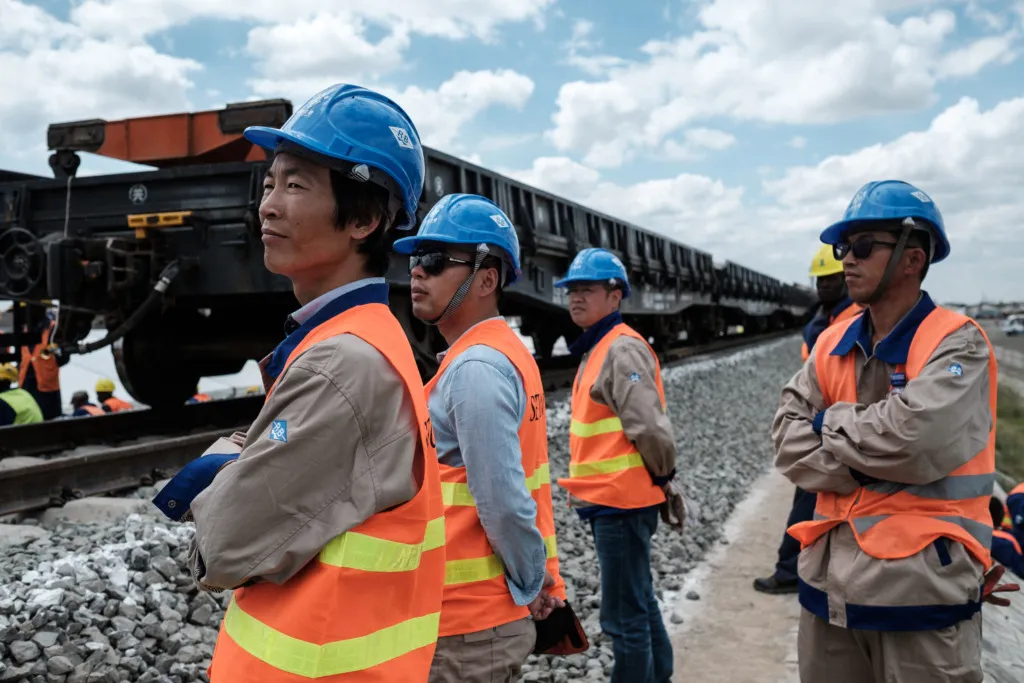
In fact, most do not realise that over the last two decades, starting from 2005, China has channelled relatively modest but rising volumes of loans through African financial institutions (AFIs) for activities related to trade, infrastructure, small and medium-sized enterprises (SMEs) and much more.
During the years 2000 to 2020, China has channelled a total of $4.4bn to AFIs, peaking in 2014 and again in 2018. This activity follows a different trend to bilateral loans, which saw their peak to date in 2016.
The peak in Chinese lending to AFIs in 2014 was primarily due to a $2bn injection into a new instrument, the Africa Growing Together Fund (AGTF), a co-financing fund by the People’s Bank of China (PBOC) and the African Development Bank (AfDB), to be disbursed over a 10-year period.
Since 2014 and up to mid-2022, 43 projects have been financed by the AGTF in the transportation, water and sanitation, energy, agricultural and financial sectors, worth over $1.3bn. One example is Nigeria Electrification Project, which has provided electricity to over 3.8m Nigerians and connected 681,563 homes to electricity.
In contrast, the peak in 2018 was generated through a cumulation of several loans to two other pan-African AFIs – the African Finance Corporation and Afreximbank.
Overall, while six AFIs have received loans from China – including the Trade Development Bank and the Banque ouest-africaine de développement (BOAD) – the AfDB remains the largest recipient of Chinese finance. There is also something of a regional bias. For instance, no loans to Northern African financial institutions have been recorded, and there are several other Eastern and Southern African banks that play crucial roles on the continent but have not (yet) secured funds.
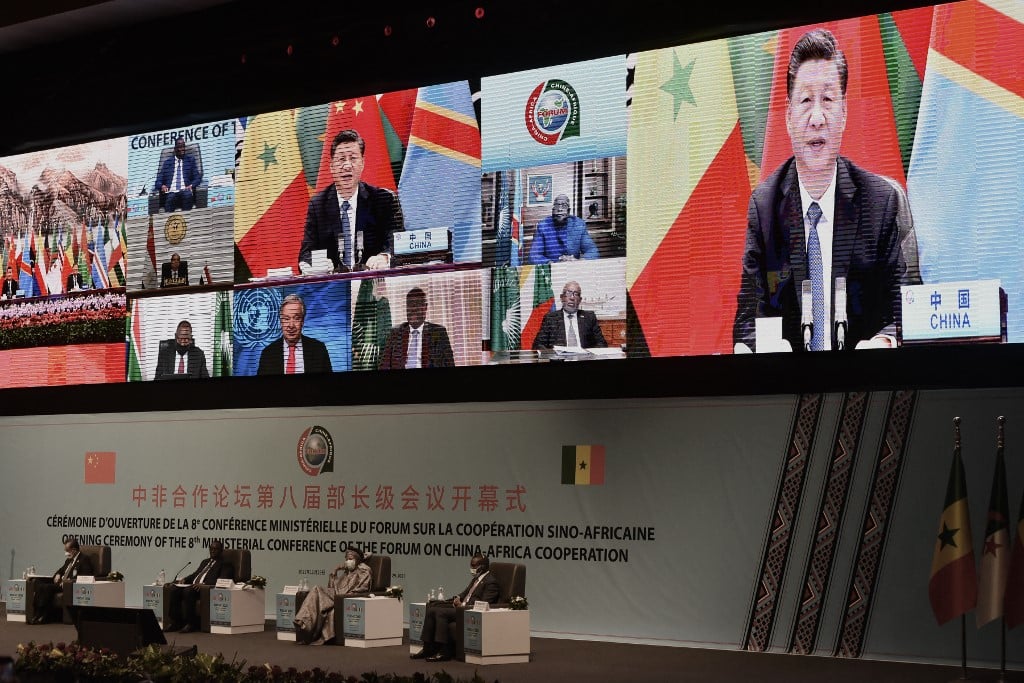
What has Chinese financing delivered?
So what has the Chinese financing to AFIs delivered? And why – though it accounts for a small proportion at just under 3% of bilateral financing – has China bothered to depart from the bilateral model over the last 20 years?
Our view is that it’s a response to African demands. Apart from the AGTF, which has a strong focus on infrastructure across a number of sectors, the vast majority of these transactions were classified within the banking and trade facilitation sector, with a focus on lending for trade.
Since the sixth Forum on China Africa Cooperation (FOCAC) which was hosted by South Africa in 2015, trade has been a much stronger focus of China-Africa cooperation, and regional financing is key to this, even more so now with the African Continental Free Trade Area (AfCFTA).
Chinese finance has made a huge difference to these organisations. From 2017 onwards, China Exim Bank became the seventh-largest overall shareholder of Afreximbank and the largest non-African shareholder.
It is the fifth-largest source of long-term borrowings for the Trade and Development Bank (TDB) – behind bonds, the Multilateral Investment Guarantee Agency (MIGA), AfDB and the German KfW. China is a key shareholder in the Bank alongside AfDB and other international financial institutions.
Further, many of these investments mark China out. Other bilateral partners have not taken such share positions in Afreximbank, for instance. However, while the AGTF is one of just three specially-administrated funds ever established at the AfDB, with certain specific rules and procedures, China’s shareholder status remains around 3% of the non-African contributors to the AfDB – somewhere between Norway and Saudi Arabia.
So what next for China and AFIs? Is such lending drying up, as many commentators claim, with regard to bilateral lending? (We beg to disagree on this.) Providing financing to AFIs is crucial.
AFIs know the continent better than non-African financial institutions, and thus have the highest likelihood of supporting projects across the continent that will lead to the strongest impact in meeting Africa’s Sustainable Development Goals (SDGs) as well as Agenda 2063, the continent’s development blueprint.
The advantages of being on the ground
AFIs also have certain advantages over bilateral lending, especially on the African continent where the need for cross-regional infrastructure and trade is particularly glaring. With several cross-cutting African initiatives – namely Agenda 2063, AfCFTA and other continental and regional agendas, AFIs can use innovative structural solutions for financing cross-country projects, whereby risk is shared across parties.
The good news is that the trends over the last 20 years are set to continue if commitments at the 2021 FOCAC are anything to go by
In Dakar, the Chinese government committed to increasing the concessionality of loans, increasing trade finance to support African exports, and made explicit commitments to strengthen cooperation with AFIs including AfDB, Afreximbank and other regional banks including TDB and the Bank for West African Development (BOAD), as well as to use the AGTF.
China also announced that it will reallocate $10bn of its special drawing rights (SDRs) to African countries. These could, for instance, be directed to the AfDB, either as an extension to the AGTF or through the Bank’s traditional instruments – some of which the Bank has argued will leverage those SDRs by three to four fold.
The bottom line is that while finance to AFIs has so far been a small proportion of overall lending from China – 20 regional loans is no comparison to over a thousand bilateral loans – nevertheless, these 20 have so far had impact. Perhaps the finance channelled to date will be seen as a series of pilots. No doubt, the time is now for scaling up.
Hannah Ryder is CEO of Development Reimagined, an African-led international consultancy based in China. Etsehiwot Kebret is a development finance advisor at Development Reimagined.
Want to continue reading? Subscribe today.
You've read all your free articles for this month! Subscribe now to enjoy full access to our content.
Digital Monthly
£8.00 / month
Receive full unlimited access to our articles, opinions, podcasts and more.
Digital Yearly
£70.00 / year
Our best value offer - save £26 and gain access to all of our digital content for an entire year!
 Sign in with Google
Sign in with Google 
